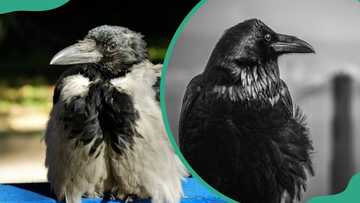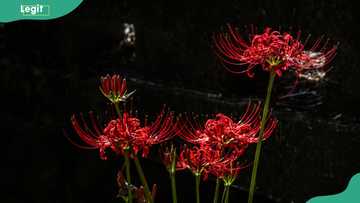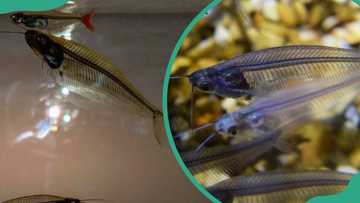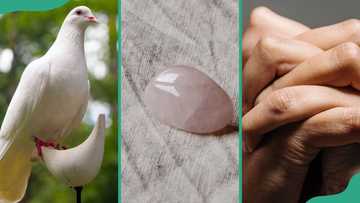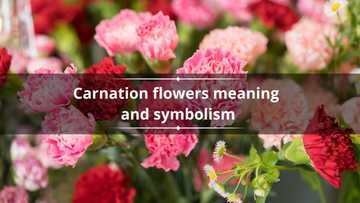25 prettiest flowers that start with C and their significance
The world is full of flowers in various colours, shapes, and scents. They bloom at different times of the year and originate in different spots worldwide. Among the many flowers, a good number start with the letter C. Discover some of the prettiest flowers that start with C and their significance.
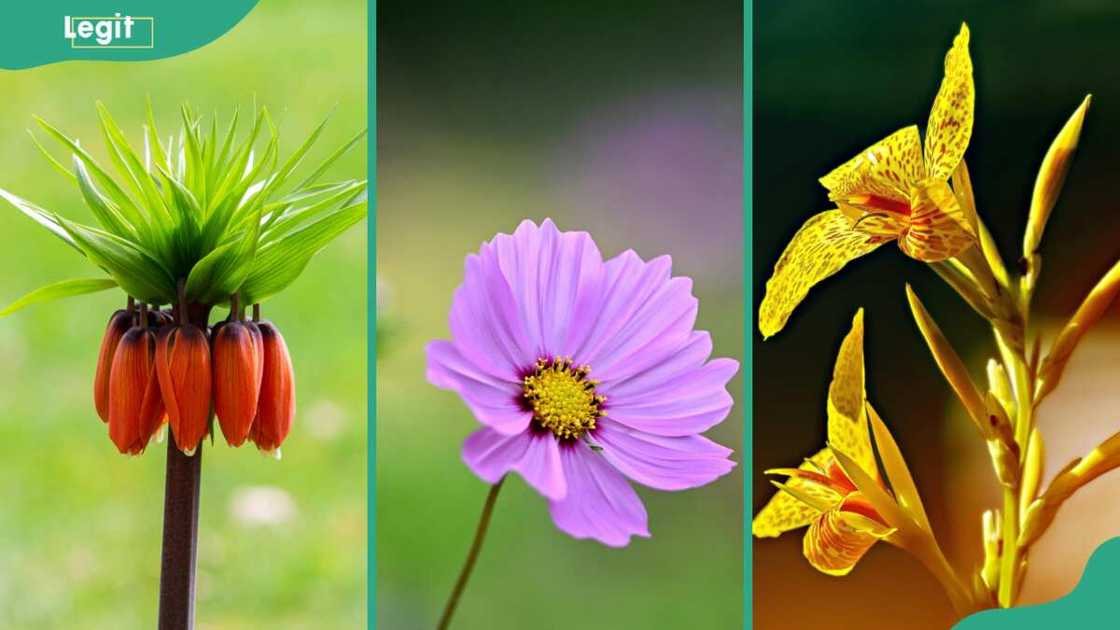
Source: UGC
TABLE OF CONTENTS
- The prettiest flowers that start with C
- 1. Camellia
- 2. Coreopsis
- 3. Canna Lily
- 4. Coneflower
- 5. Celandine
- 6. Columbine
- 7. Crocosmia
- 8. Cineraria
- 9. Canterbury bells
- 10. Cape Primrose
- 11. Campanula latifolia
- 12. Cockscomb
- 13. California Poppy
- 14. Cuckoo
- 15. Celosia
- 16. Cyclamen
- 17. Candytuft
- 18. Carnations
- 19. Chrysanthemum
- 20. Crocus
- 21. Cornflower
- 22. Cosmos
- 23. Cranesbill Geranium
- 24. Cardinal
- 25. Crown imperial
- What flower begins with the letter C?
- What is a blue flowering plant that starts with C?
Flowers that start with C have been around since the beginning of time and have a history dating back to ancient times. Their significance to people's lives is undeniable. They are used in different ways, such as greetings, best wishes, decorating homes, medical purposes, and garden landscapes.
The prettiest flowers that start with C
Flowers captivate many with vibrant colours, intricate patterns, and delightful fragrances. Here is a list of flower names starting with C you may not know about.
1. Camellia
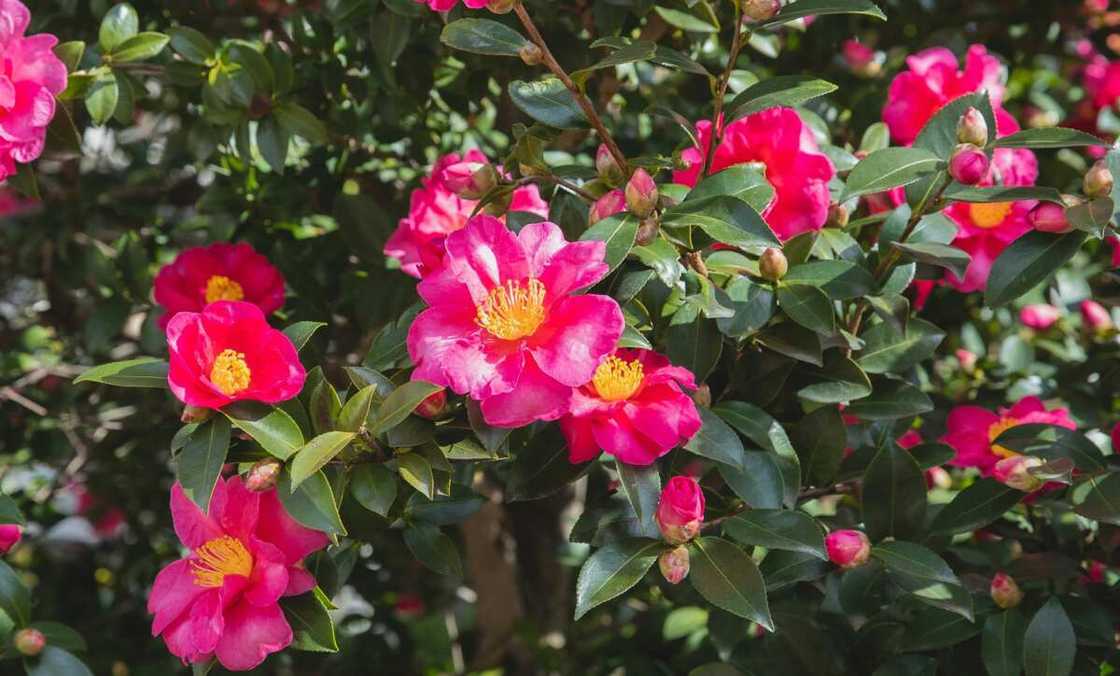
Source: UGC
Camellias originate in China and Japan. They are known for their large flowers and various colours, such as white, pink, red, and yellow. These plants bloom in winter and early spring. In many Asian cultures, Camellias symbolise love, gratitude, and affection.
2. Coreopsis
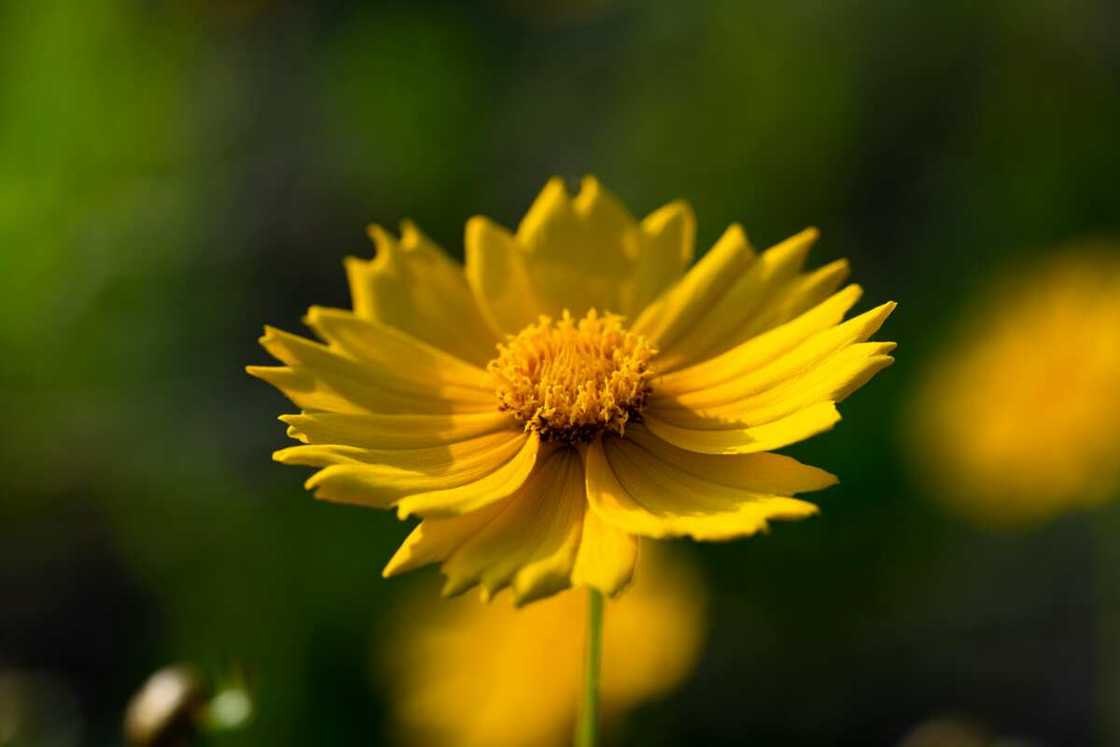
Source: UGC
Coreopsis is a flowering plant in the family Asteraceae. Its origin is in the Americas. It is highly adaptable and easy to plant in almost all garden settings. Coreopsis blooms in early summer and comes in red and pink.
3. Canna Lily
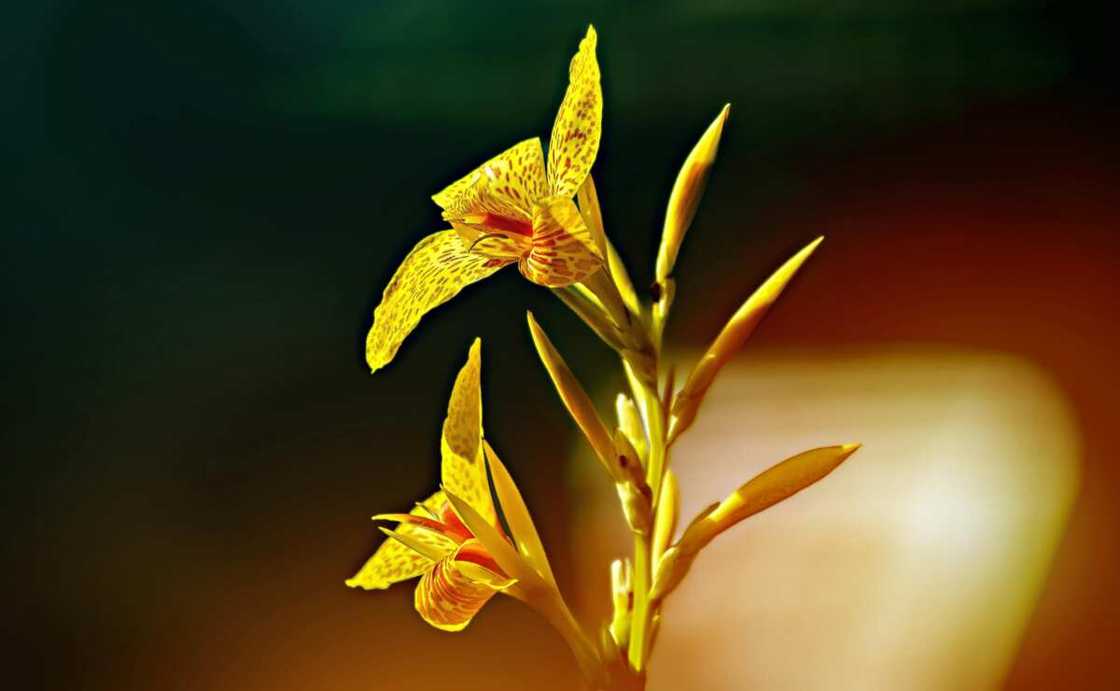
Source: UGC
Canna Lilies are known for their large and vibrant flowers, which come in various colours, such as red, yellow, orange and pink. The flowers do not have ornamental value but are also used as food due to their edible roots. They are native to the Americas and thrive in moist, warm, fertile soil.
4. Coneflower
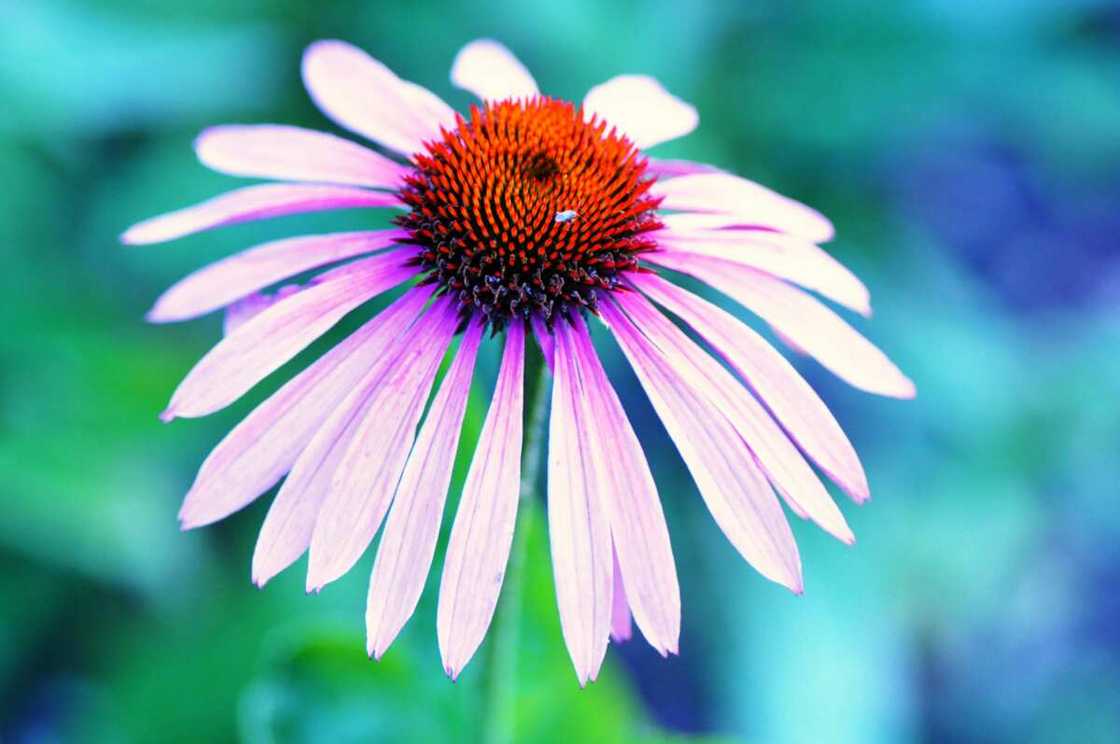
Source: UGC
Coneflowers are native to North America and famous for their cone-shaped heads and daisy-like petals. They are drought-resistant and low-maintenance. Coneflowers are best grown in natural landscapes and wild places. They are significant in the herbal medicine world as they are believed to boost immunity and reduce flu-like symptoms.
5. Celandine
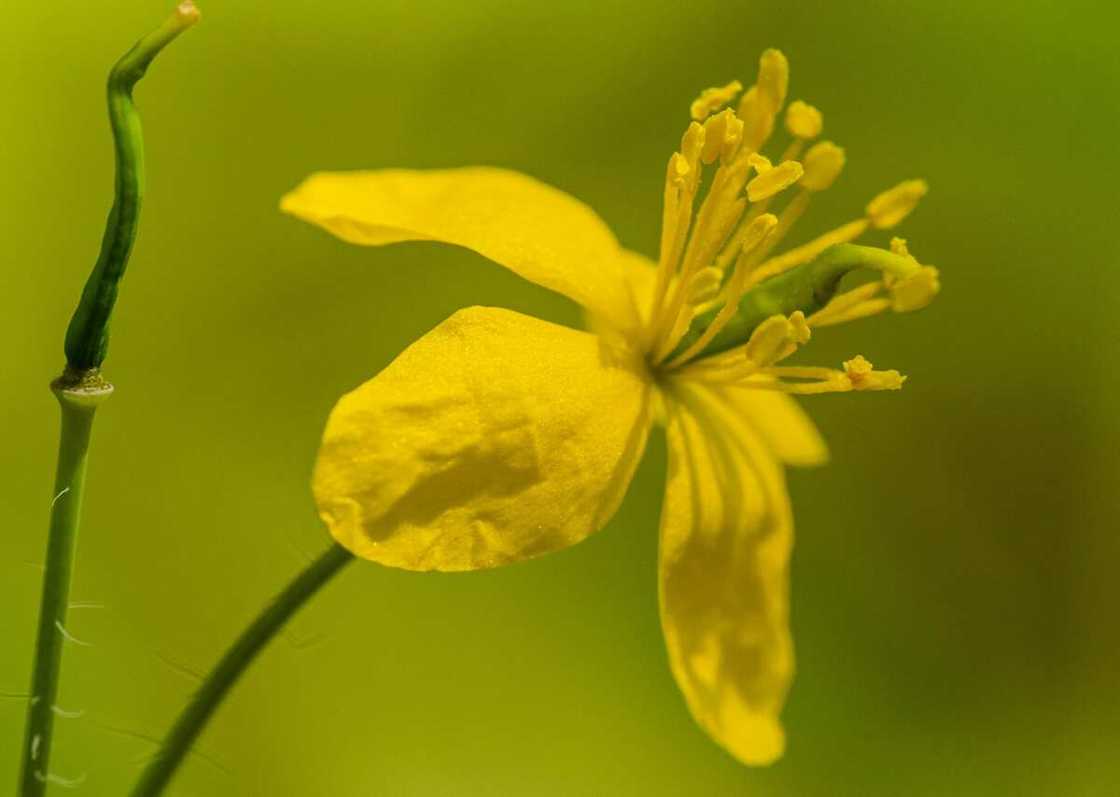
Source: UGC
Celandine, also known as Chelidonium majus, originates in Europe and Asia. It is known for its bright yellow flowers and lobed leaves. In favourable conditions, it spreads vigorously and can be invasive in some situations. Celandine is believed to have healing powers, though it is toxic when ingested in large quantities.
6. Columbine
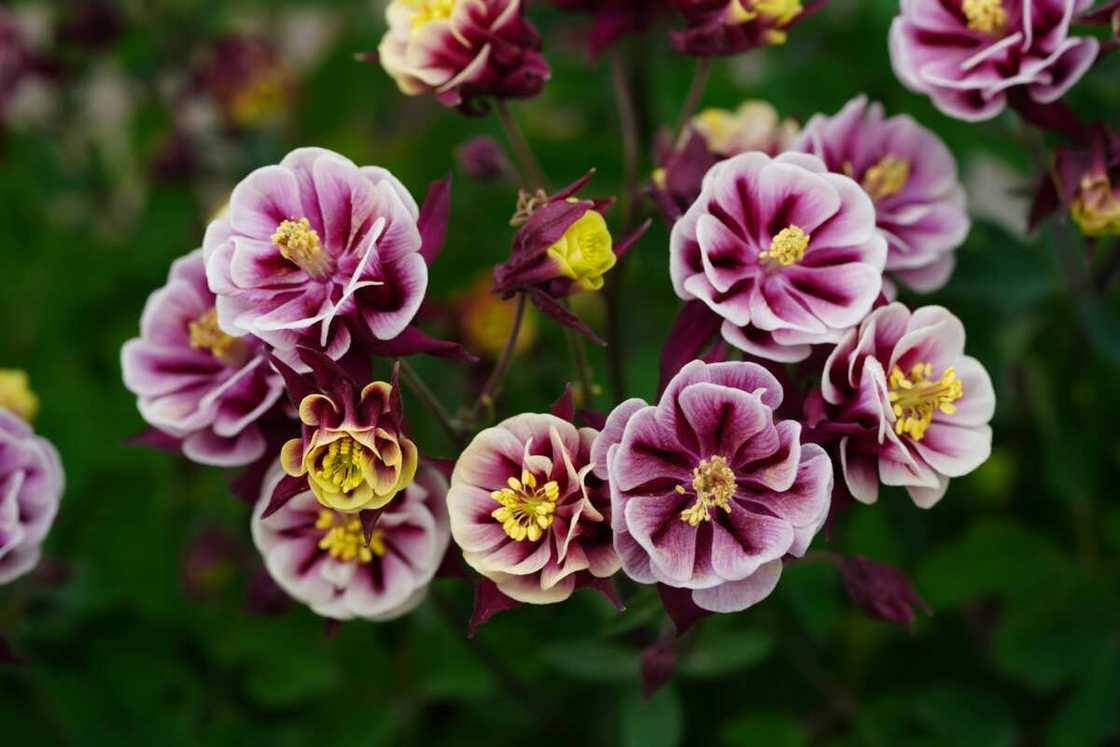
Source: UGC
Columbines are among the flowers starting with C. They originated in North America, Europe, and Asia. They are unique, have spurred flowers, and have finely divided foliage.
You will find Columbines in woodlands, meadows, and rocky areas. They are bell-shaped and come in many colours, such as blue, purple, white, pink, and yellow. Their nectar attracts butterflies and hummingbirds and has a charming cottage garden appeal.
7. Crocosmia
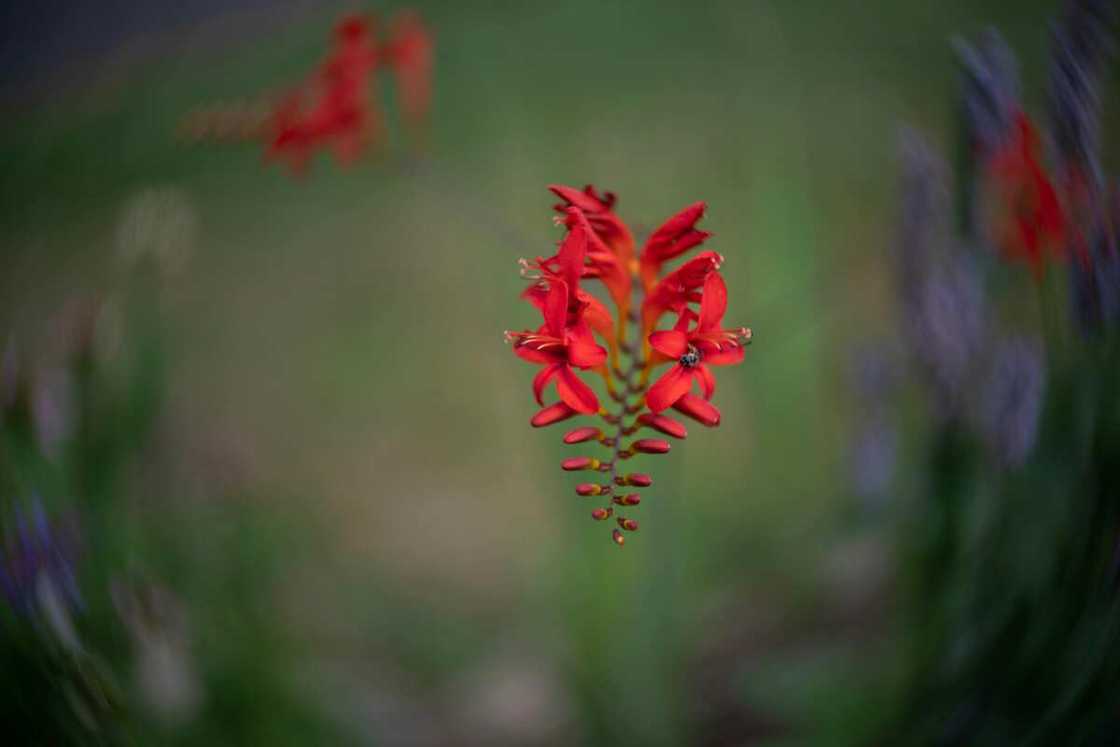
Source: UGC
Crocosmia is a species native to Africa. It is known for its tall spikes of red, yellow, and orange funnel-shaped flowers. They bloom during summer and attract butterflies and hummingbirds. Crocosmia has ornamental value and is grown in cottage gardens and used as cut flowers.
8. Cineraria
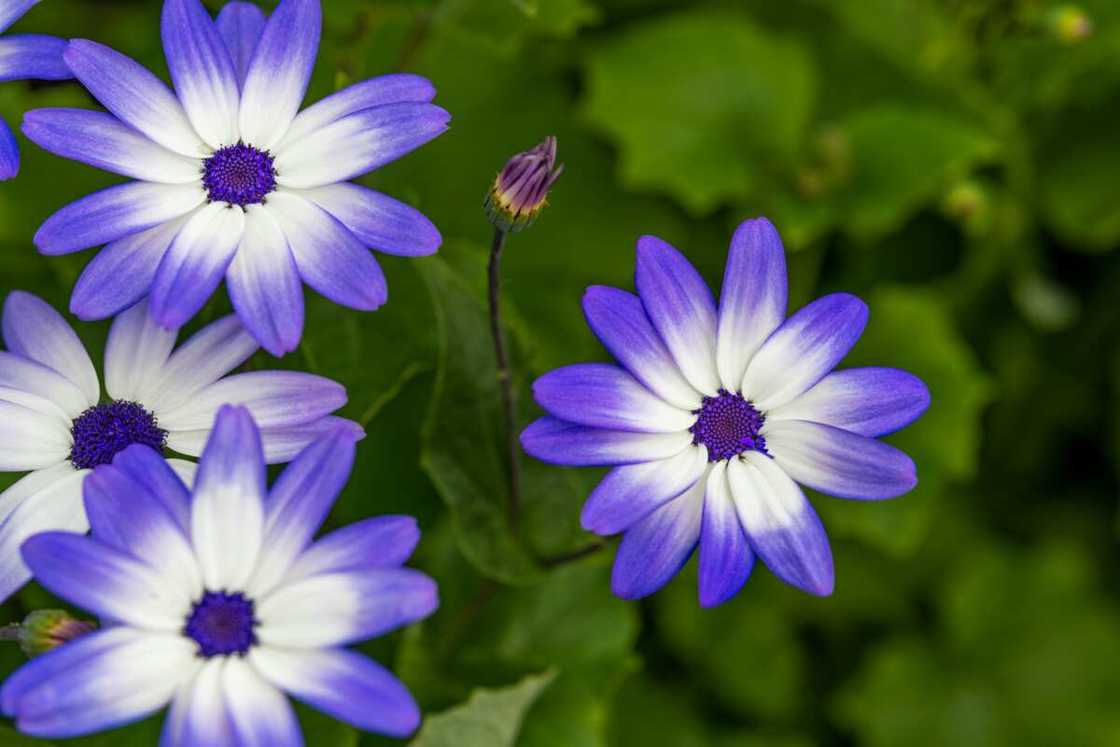
Source: UGC
Cineraria originated in the Canary Islands and is known for its large, showy flower heads. The flowers come in shades like blue, pink, purple, red, and white. They bloom in late winter and early spring. Cineraria are popularly used as indoor plants since they prefer cool temperatures and indirect light.
9. Canterbury bells
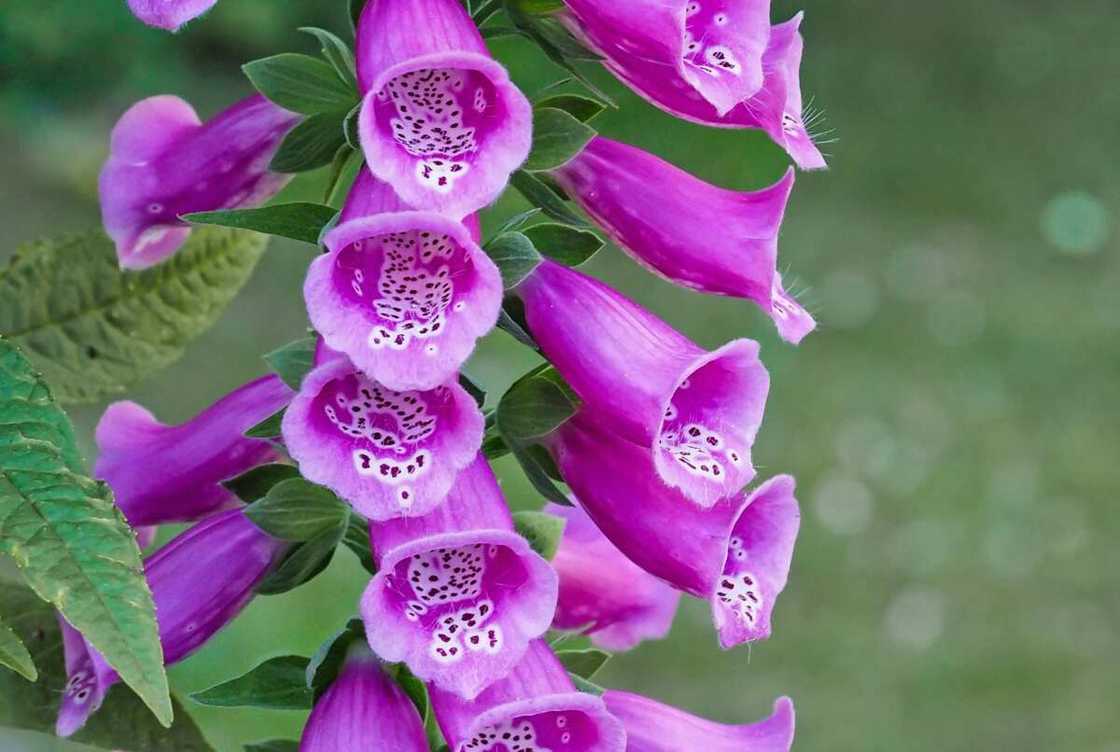
Source: UGC
Canterbury bells are famous for their showy flowers and an exciting cup-and-saucer. They take two years to bloom, and after that, they die; hence, many gardeners plant new seeds yearly. It blooms during the summer as they thrive in full sun and partial shade and moist.
10. Cape Primrose
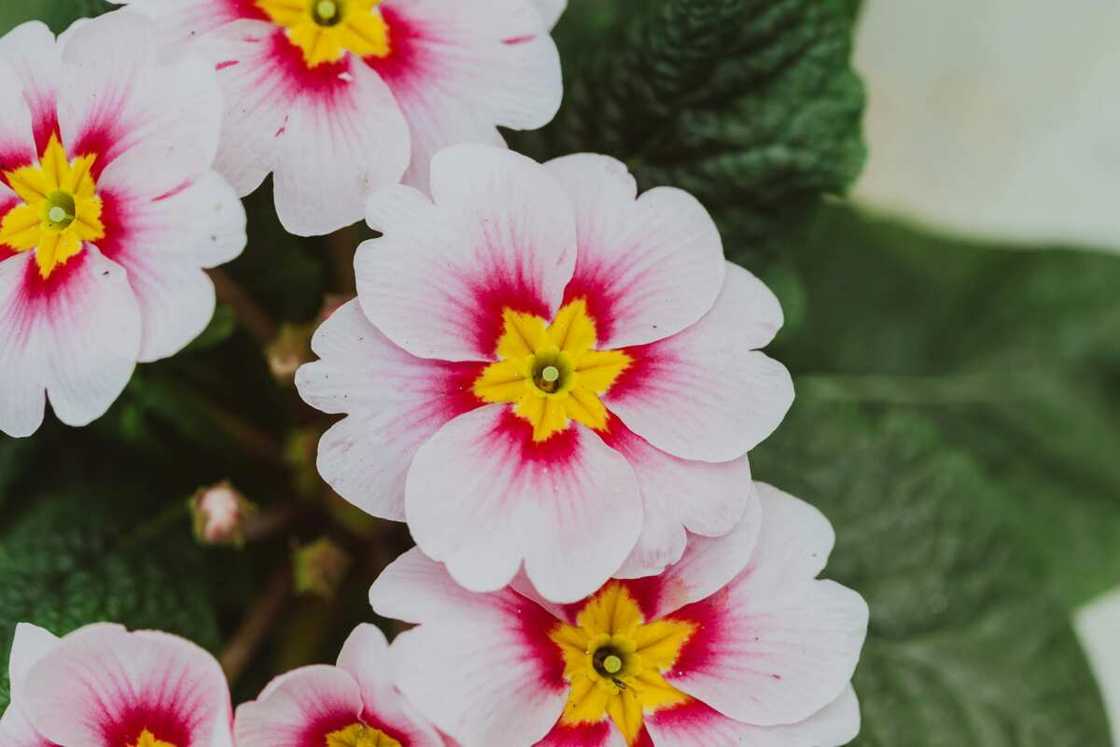
Source: UGC
Cardinal Flower, also known as Lobelia cardinalis, originated in North America. It is characterised by its tall spikes of vibrant, tubular petals and scarlet-red flowers. The flower blooms towards the end of summer and is loved by butterflies and hummingbirds. You can find this plant in wetlands, river banks, and marsh areas.
11. Campanula latifolia

Source: UGC
These flowers originate from Europe and Western Asia. Campanula Latifolia, also known as bellflower or a wide-leaved bellflower, is a perennial herbaceous species that can grow between 2 feet and 4 feet. In 1988, the USSR used the beautiful flower as a postal stamp. The flower is excellent at providing nectar and pollen for bees and other pollinating insects.
12. Cockscomb
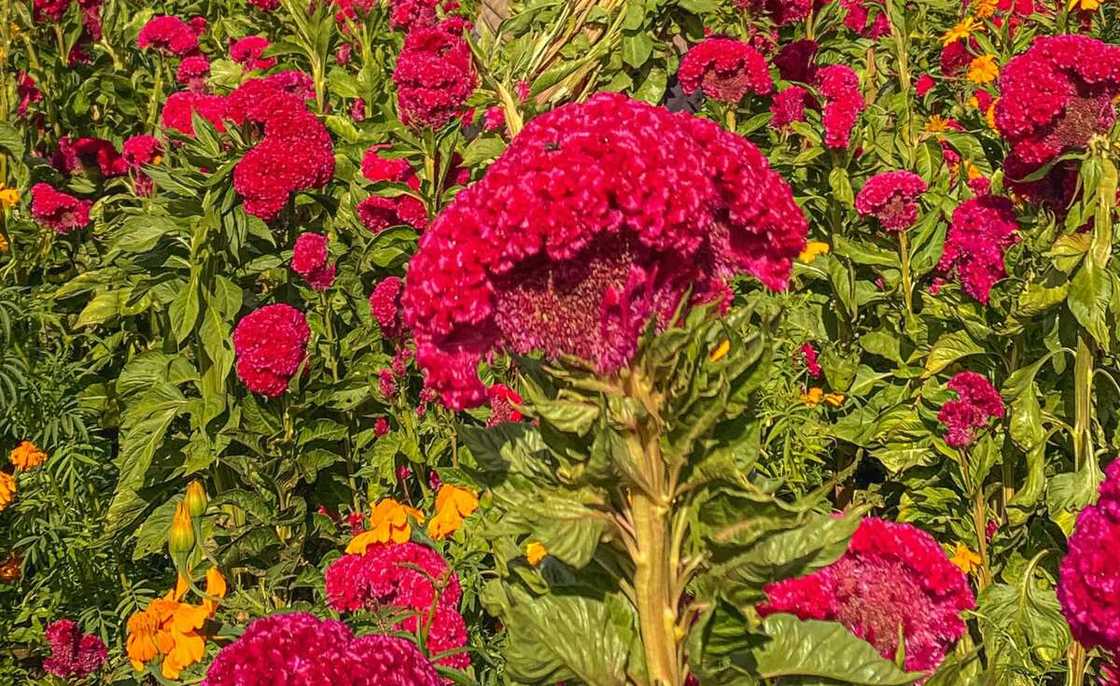
Source: UGC
Cockscomb is native to African and Asian regions. It is famous for its crested flower heads resembling a rooster's comb. It comes in shades including red, yellow, orange, pink, and purple. They are loved for their beauty and ornamental foliage.
13. California Poppy
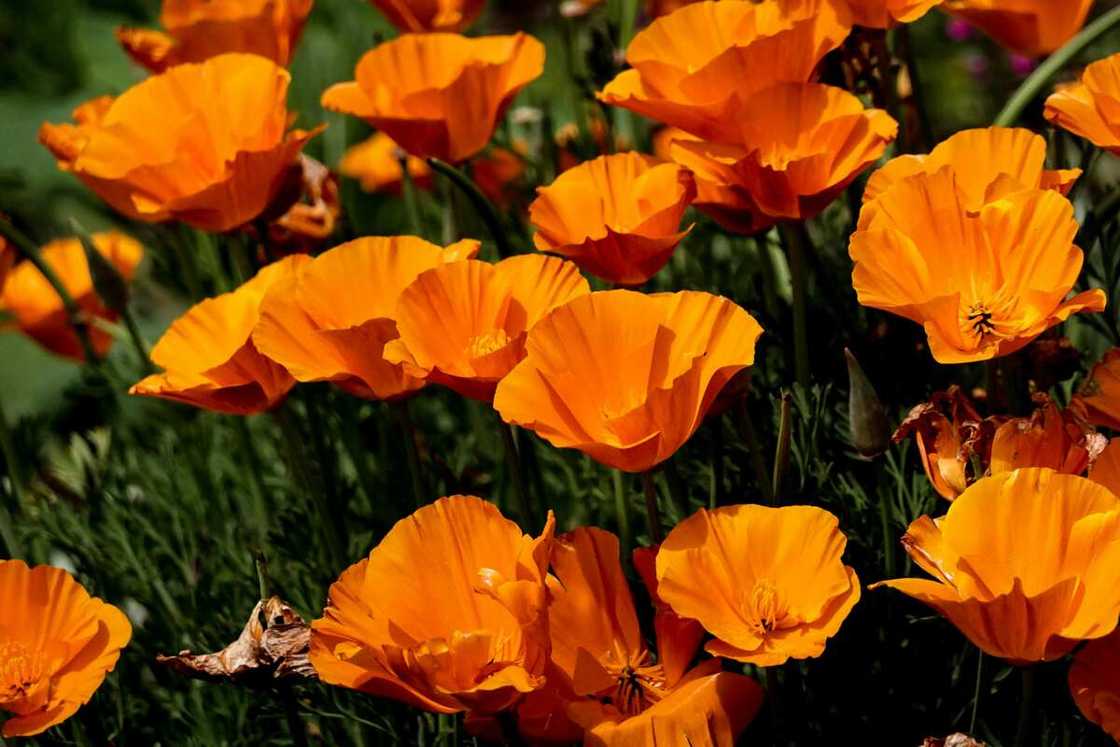
Source: UGC
California Poppy is also known as California sunshine, golden poppy, and cup of gold. California declared it the state's flower in 1903 as a standard of beauty. It is characterised by beautiful colours such as red, orange, and yellow and has a cup shape. The flower has many uses, such as garnishing food and adding flavour.
14. Cuckoo
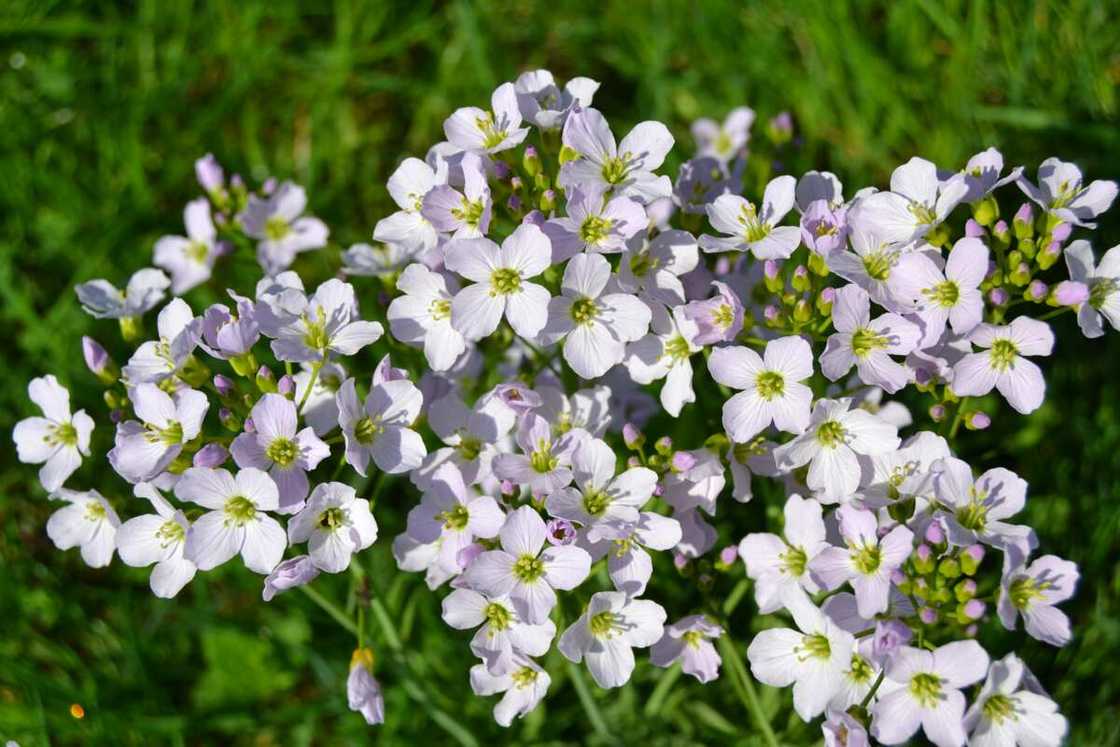
Source: UGC
Cuckoo, or Cardamine Pratensis, is a pale pink or lilac flower with four petals. The flower is native to Asia and Europe. Its blooming season is spring, and it is an important nectar source for butterflies and bees.
15. Celosia
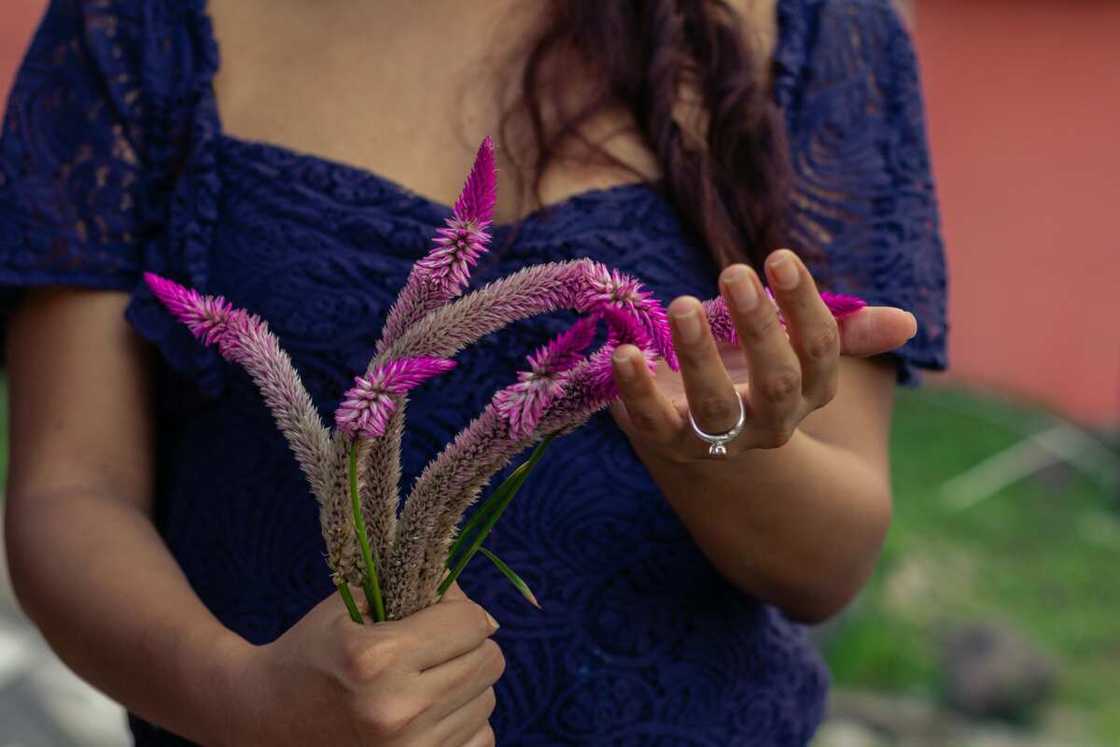
Source: UGC
Celosia gets its name from the Greek word "kḗleos," which means burning. It is a small edible plant from the Amaranthaceae family. Although the flower is native to Africa, it is commonly used in India and Indonesia as a food. Celosia symbolises boldness and comes in numerous hues, such as white, maroon, red, purple, orange, yellow, and pink.
16. Cyclamen
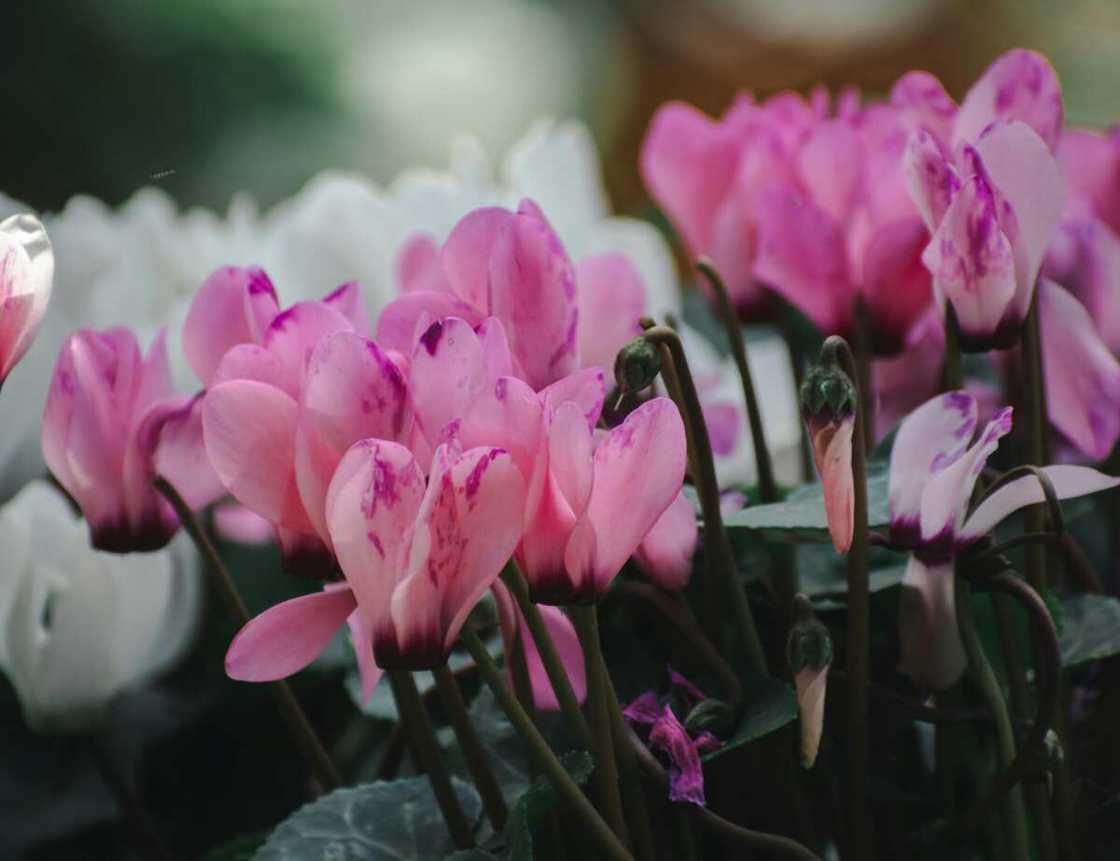
Source: UGC
Cyclamens come from Europe, the Mediterranean, Asia and parts of Africa. They are characterised by heart-shaped leaves and their unique, reflexed flowers. They come in shades of red, white, pink, and purple.
Cyclamens bloom before winter ends and early spring. They are indoor plants that colour during winter.
17. Candytuft
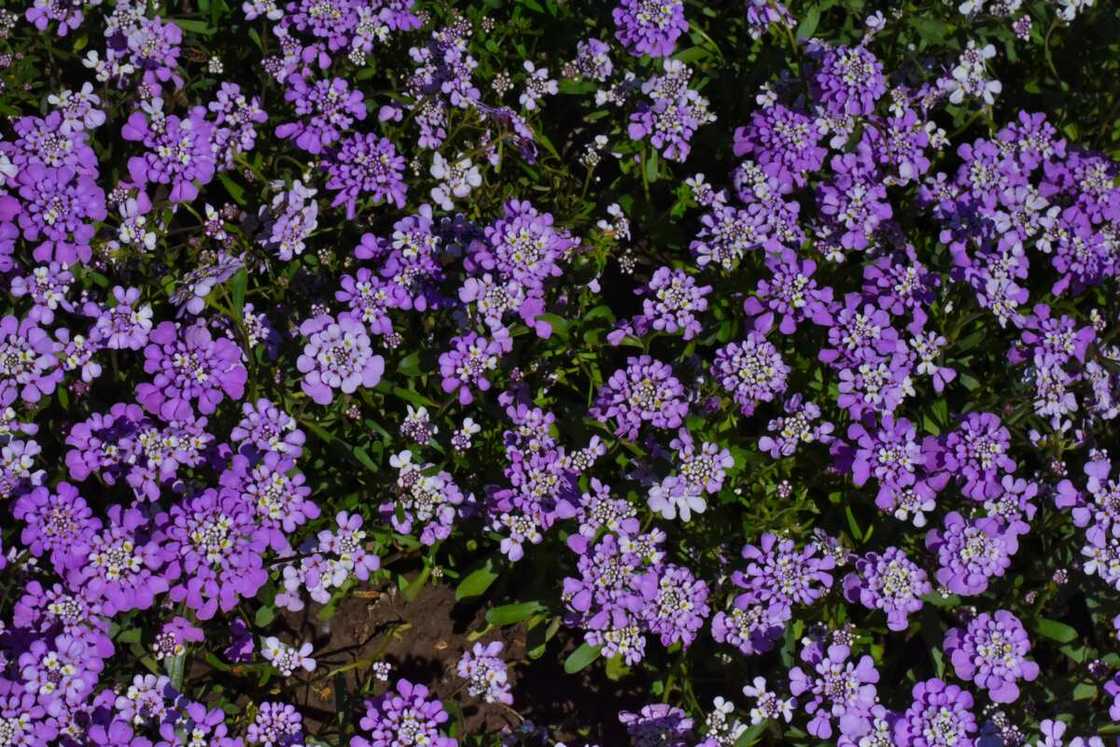
Source: UGC
Candytuft, also known as Iberisis, is a genus in the Brassicaceae family of 50 species. The flower is native to Europe and Asia, although it has moved to other continents. Candytuft is characterised by dark green foliage and tiny flowers.
18. Carnations
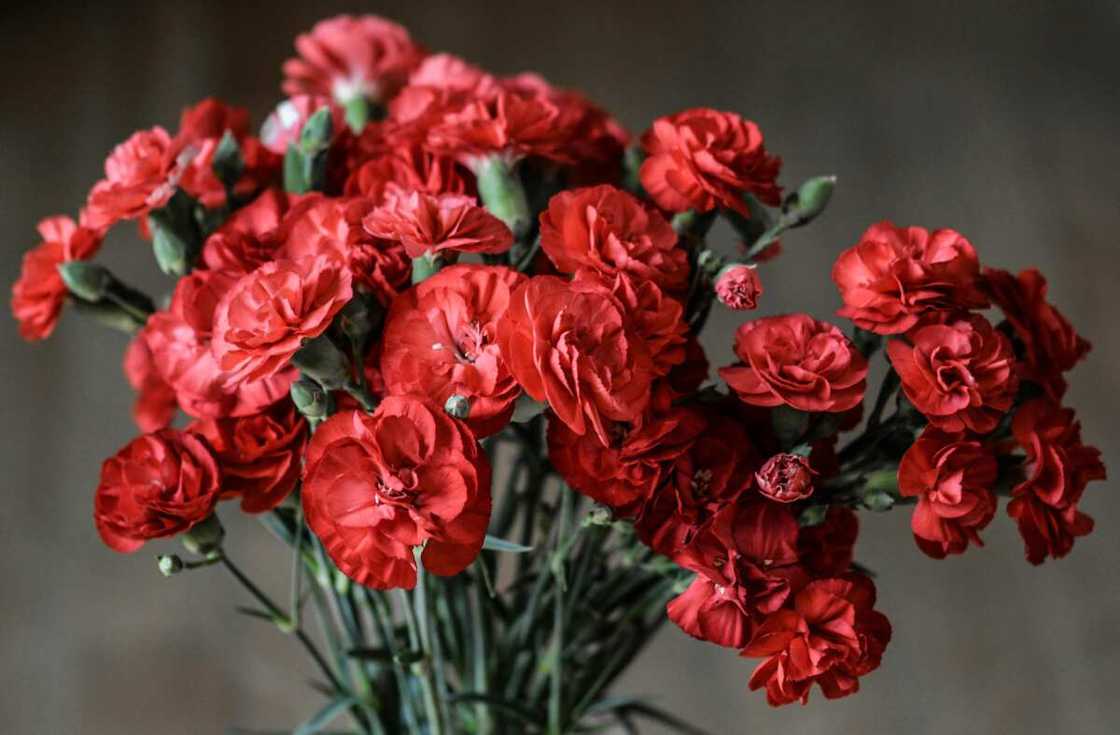
Source: UGC
Carnation, known as Dianthus Caryophyllus, is among the most beautiful flowers, beginning with C. It is used as a gift, especially on Mother's Day. Carnations originated in the Mediterranean and come in many colours, including pink, scarlet, yellow, and white. Every carnation colour has its significance.
19. Chrysanthemum
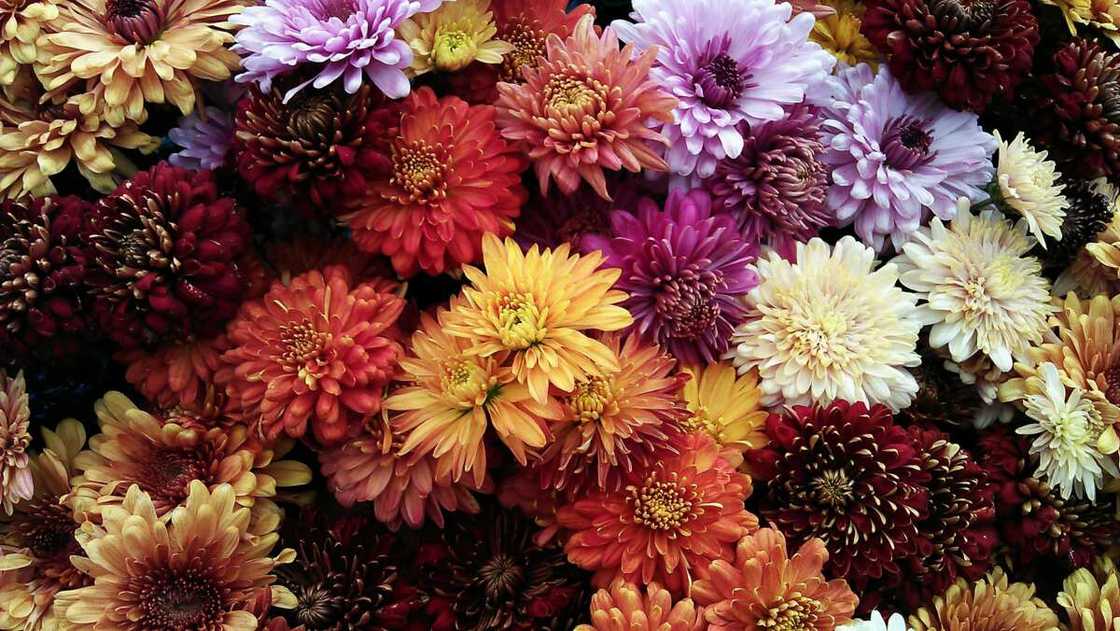
Source: UGC
Chrysanthemums, also called mums, originate from China. They come in various sizes, colours, and shapes and are often associated with autumn because they are late bloomers. The flowers are significant in many cultures, symbolising longevity, fidelity, and joy. Chrysanthemums are also used as ornamental plants in gardens and as cut flowers for homes.
20. Crocus
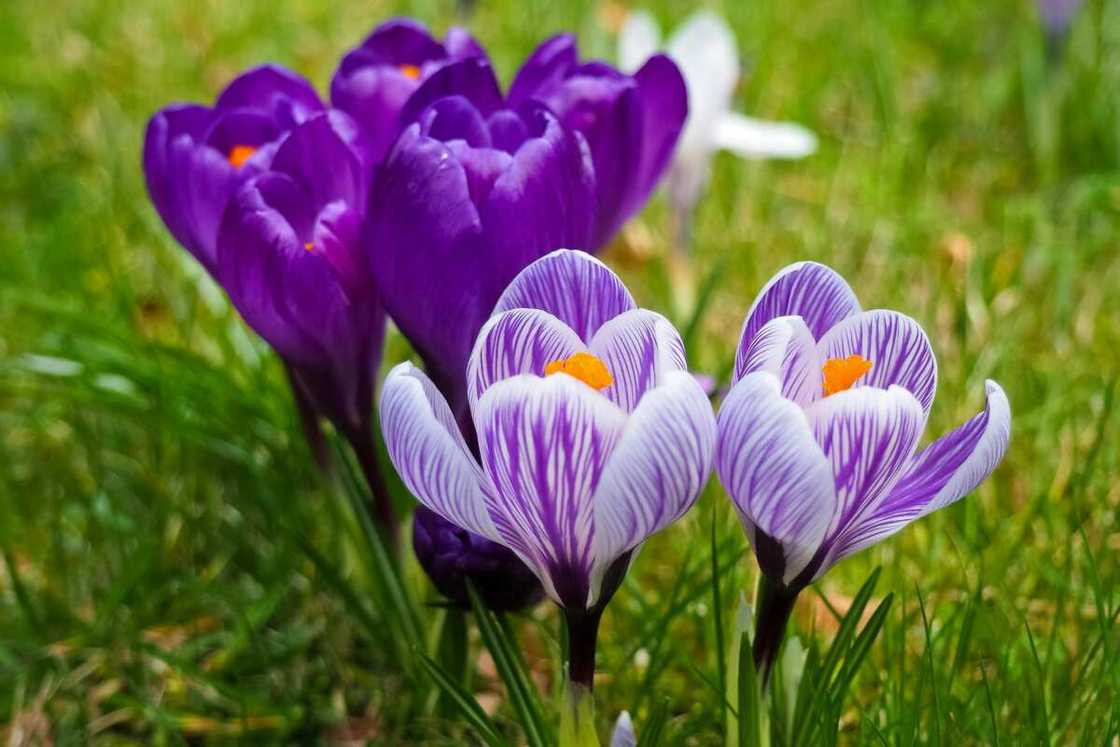
Source: UGC
Crocuses are early bloomers in the flowering plant family and appear in spring before the last frost. They are cup-shaped and come in various colours, such as yellow, purple, and white. Crocuses can naturalise and spread while forming dense carpets of flowers.
21. Cornflower
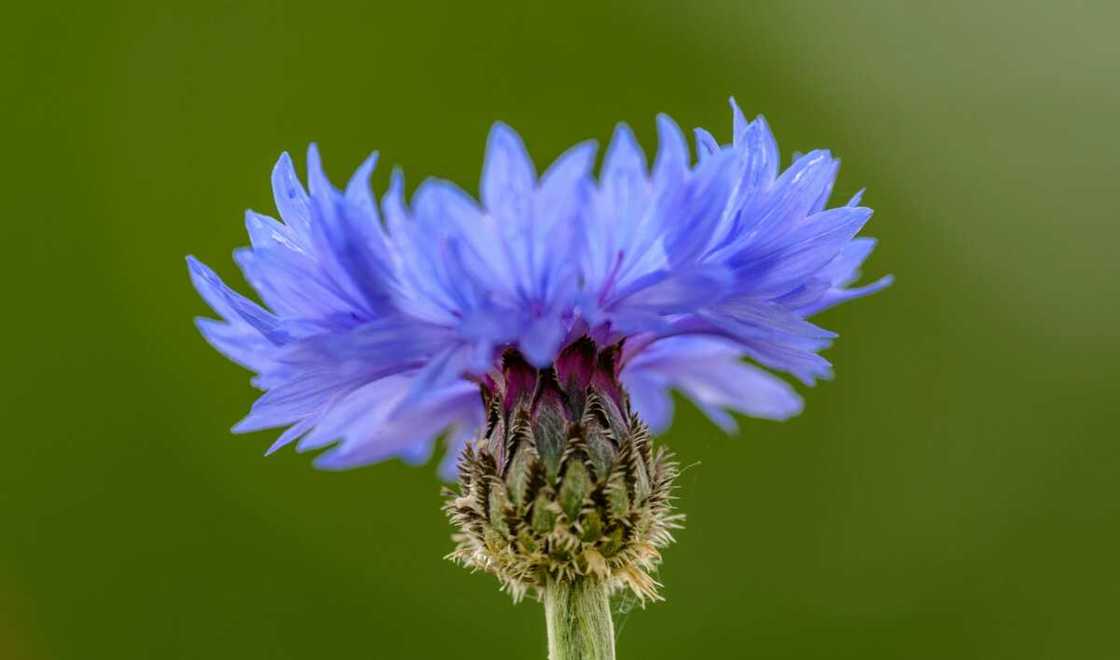
Source: UGC
Coneflowers trace their origin in North America. They have cone-shaped flower heads and daisy-like petals. Coneflowers come in purple, white, orange and pink.
Coneflowers bloom between summer and fall, attracting pollinating insects like bees and butterflies. The flowers have medicinal value and are believed to boost immunity.
22. Cosmos
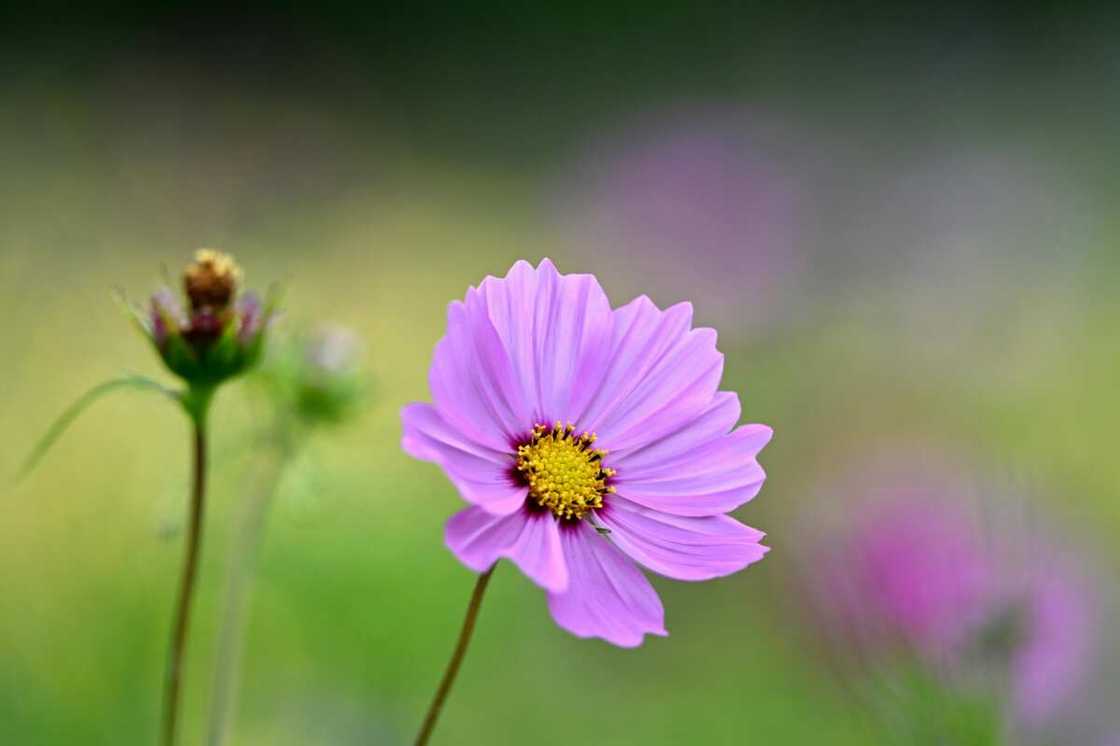
Source: UGC
Cosmos is among the flowers that begin with C. It is an easy-to-grow flower that blooms in early summer until the beginning of frost. It has vibrant colours and produces fern-like leaves and daisy-like flowers.
Cosmos come in shades of white, pink, and purple. The white attracts bees and butterflies when pollinating.
23. Cranesbill Geranium
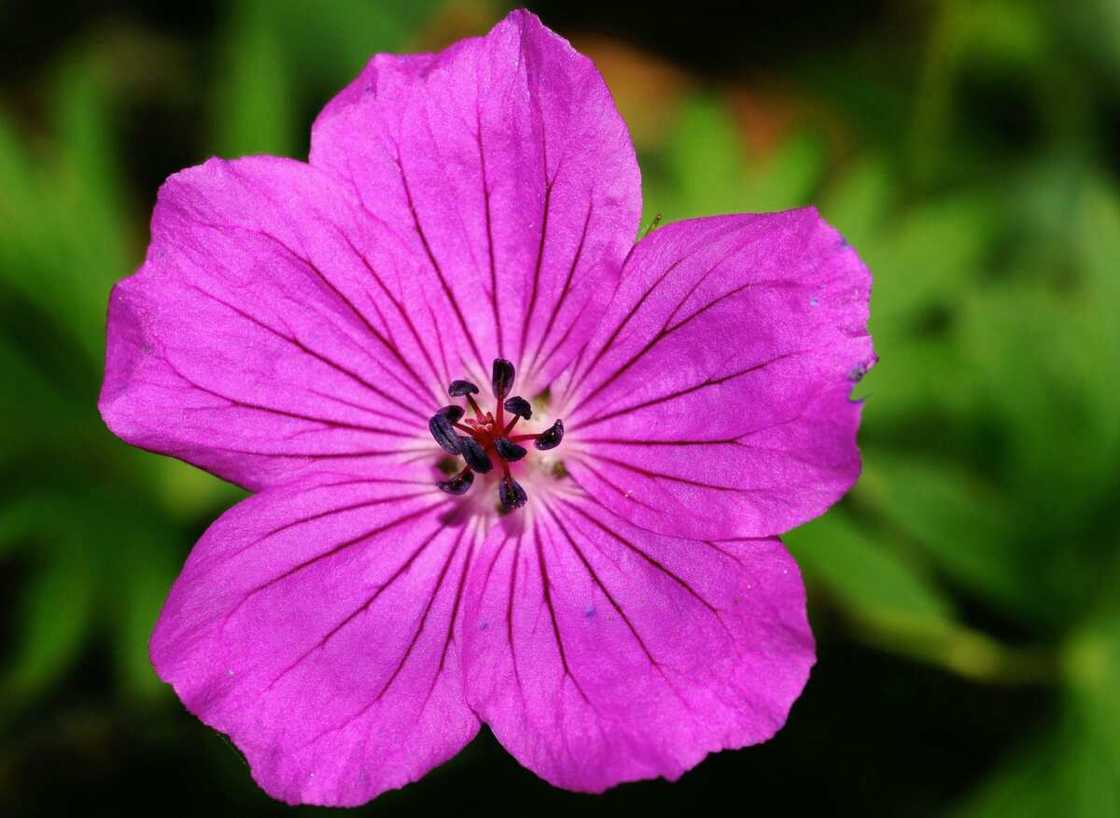
Source: UGC
Cranesbill Geraniums are among the flower names starting with C. They have lobed leaves and five-petaled flowers native to the Northern Hemisphere. They come in shades of soft colours like purple, blue, pink, and white.
Cranesbill Geraniums are ornamental plants grown as border plants and in perennial beds. They attract bees and butterflies for their nectar and bloom between spring and fall.
24. Cardinal
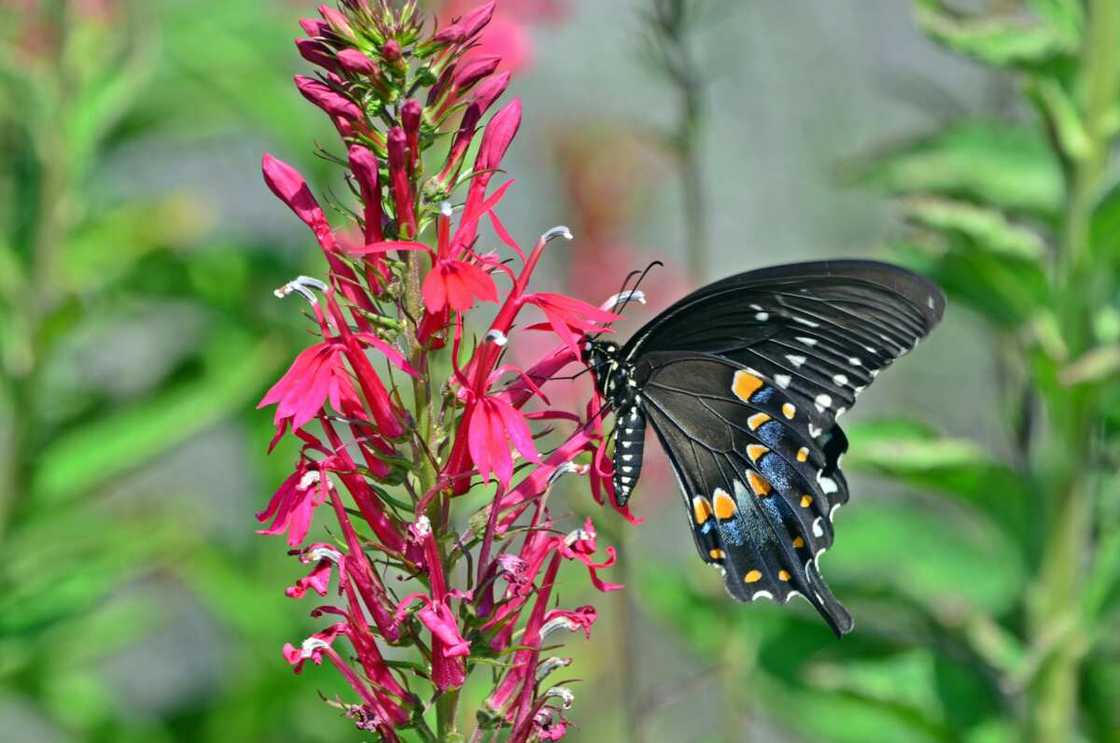
Source: UGC
Cardinals are also members of the bellflower family Campanulaceae. They are native to the Americas, including Canada, the United States, Mexico, and Colombia.
Cardinals are vibrant red and can grow up to 4 feet. However, if consumed, cardinals can be toxic, leading to diarrhoea and vomiting. The Cardinal flower signifies dignity and distinction.
25. Crown imperial
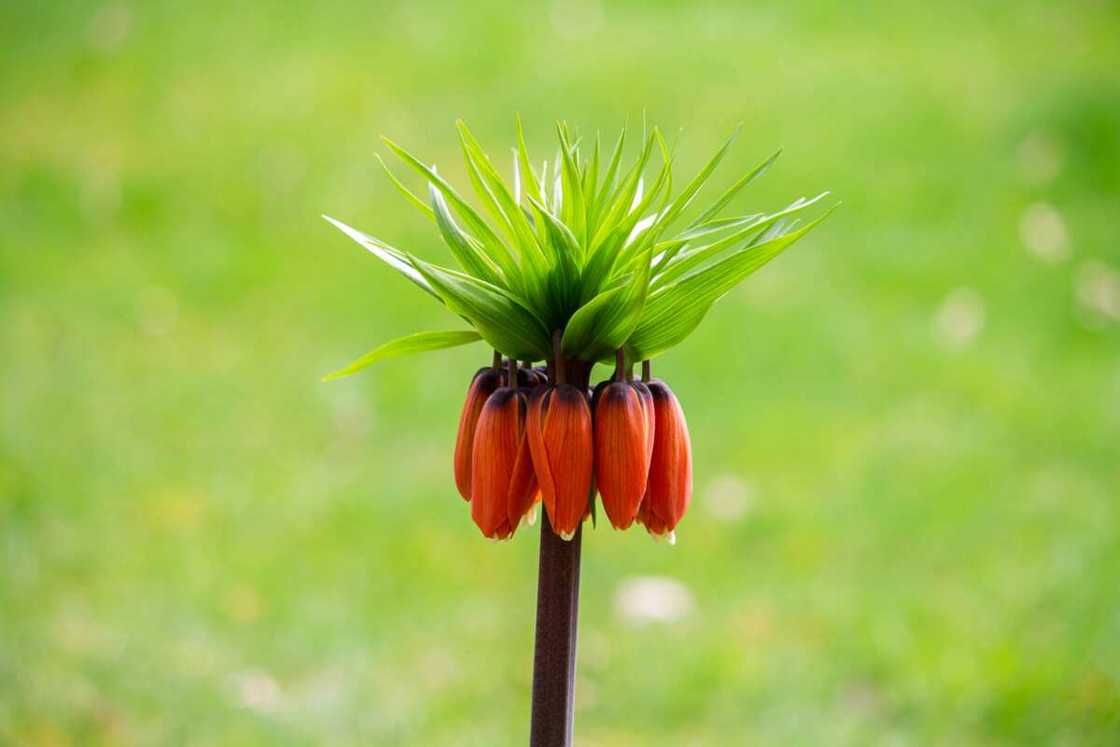
Source: UGC
Crown Imperial, also known as Fritillaria Imperialis, is characterised by its striking and drooping flowers. It comes in shades of orange, red and yellow, hanging beneath green foliage. Its blooming season is in late spring, used in gardens or cut flowers.
What flower begins with the letter C?
There are millions of flower species worldwide, and they come in many colours and shapes. Some of these flower names begin with the letter C. They include Capsicum, clinopodium, Cyclamen, cardamine, and Cypella.
What is a blue flowering plant that starts with C?
Various flowering plants start with the letter C. These include, but are not limited to, Campanula, Caryopteris (Bluebeard), and Chicory.
Flowers beautify the environment with stunning colours, shapes, and smells. Many flowers that start with the letter C are native to different parts of the world. The above list has some flowers that start with C and their significance.
Legit.ng published an article about red things. Red is one of the vibrant and dynamic colours in the colour palette. It is associated with love, passion, intensity, and energy. The colour catches attention and is embodied in many things around nature.
Red is among the most potent and striking colours in the world. It is one of the primary colours and varies from pale red to rich, dark crimson. Numerous things, including animals, plants, food, and other natural phenomena, are red.
Source: Legit.ng


